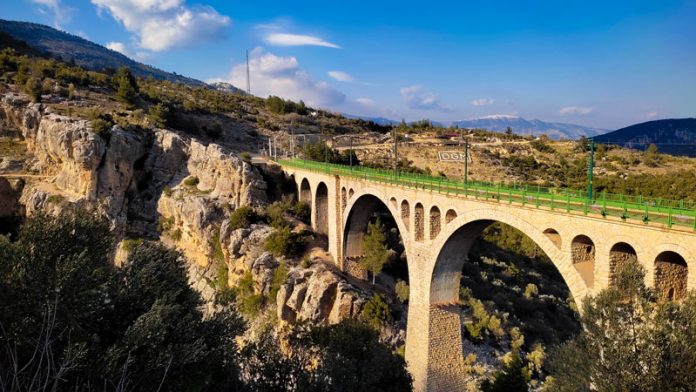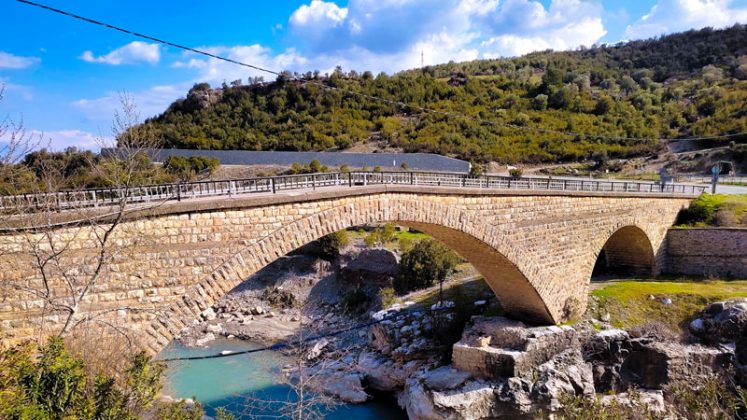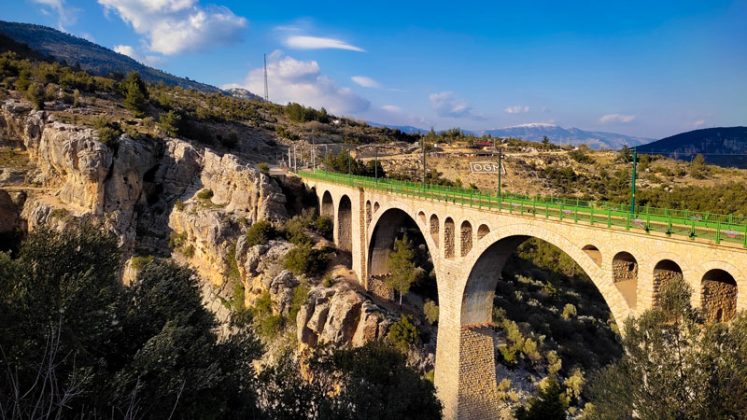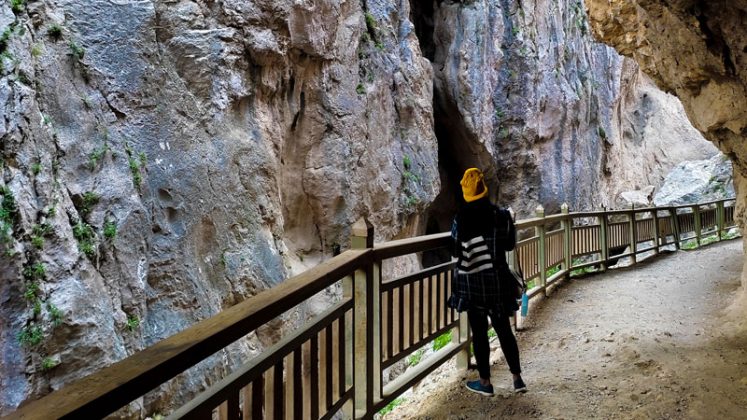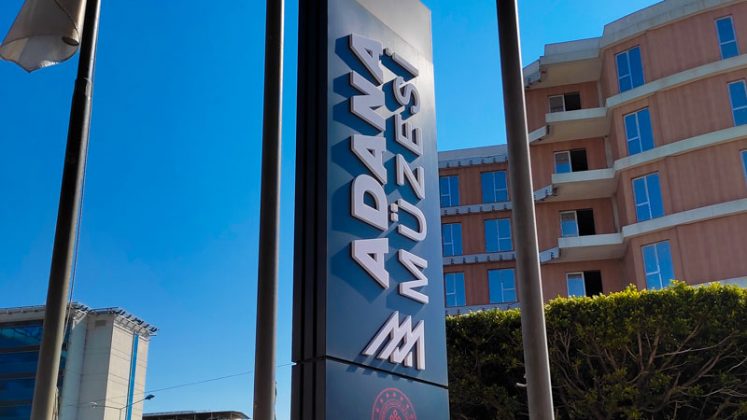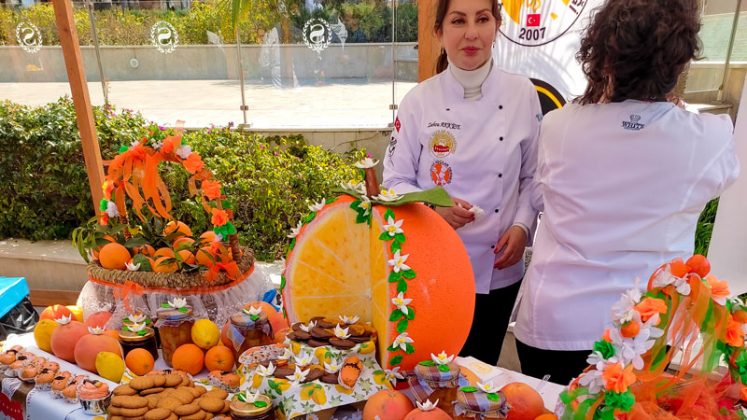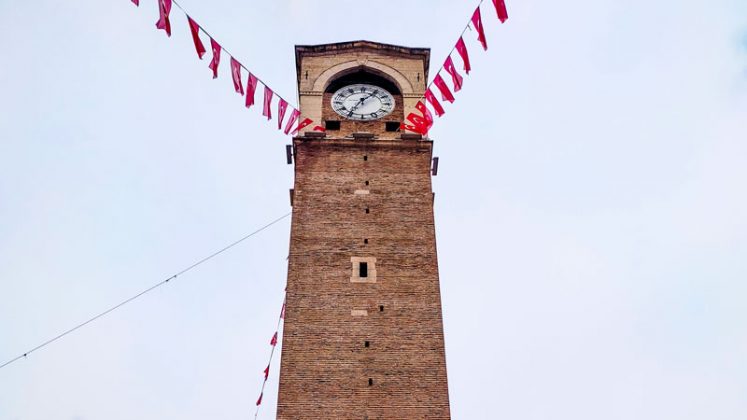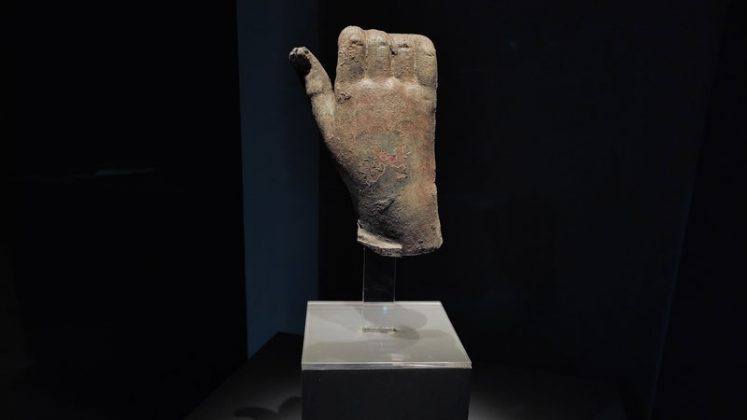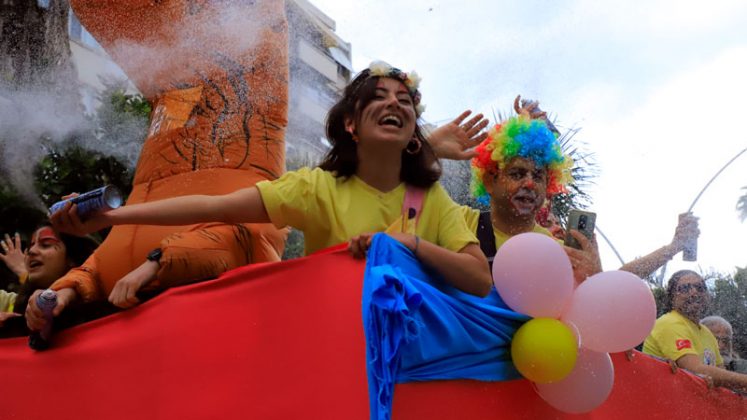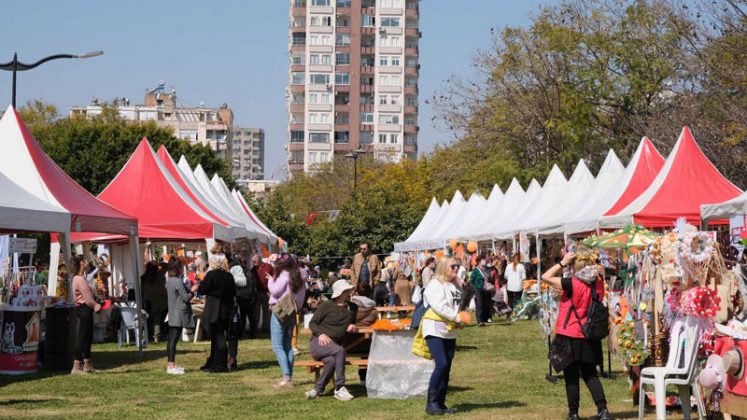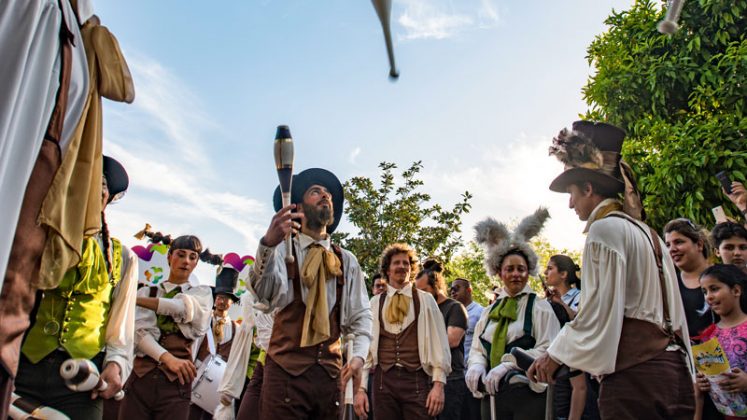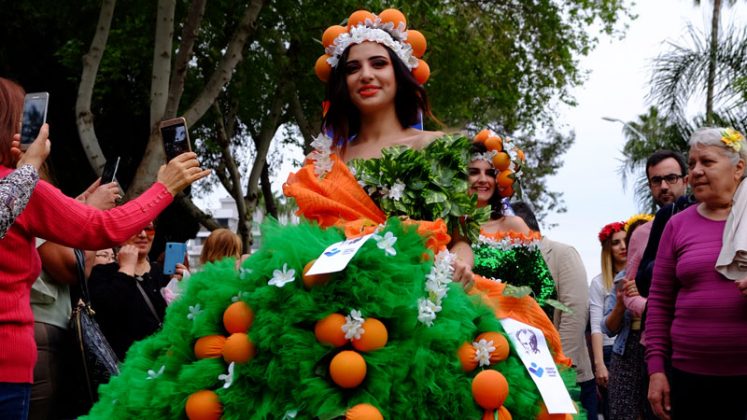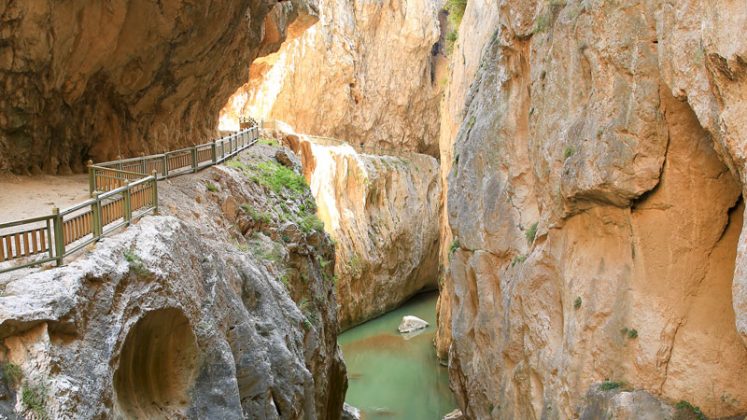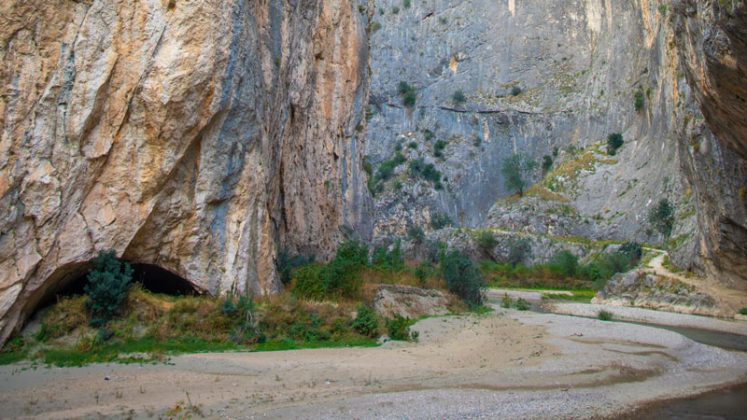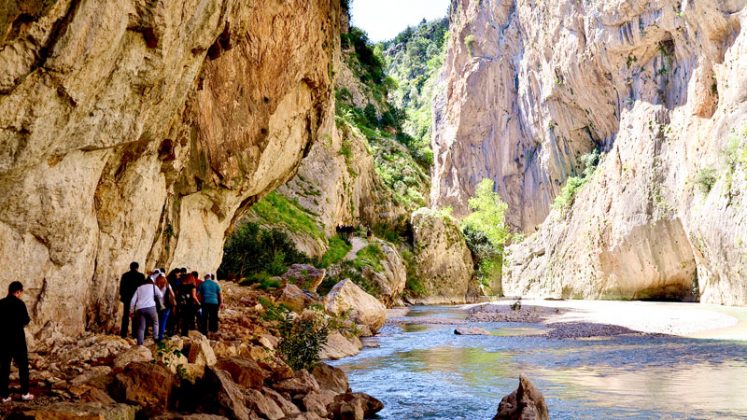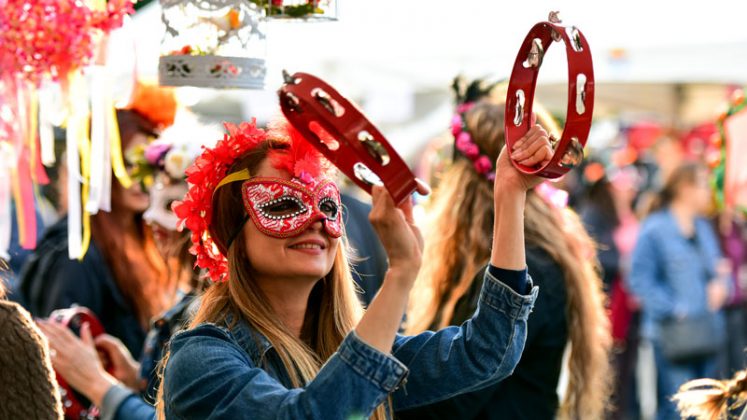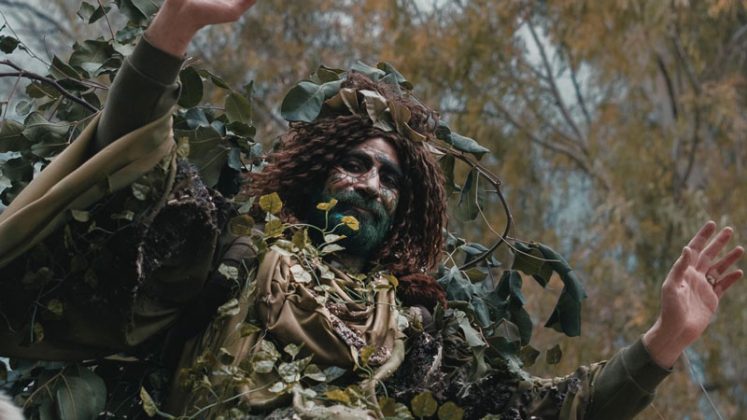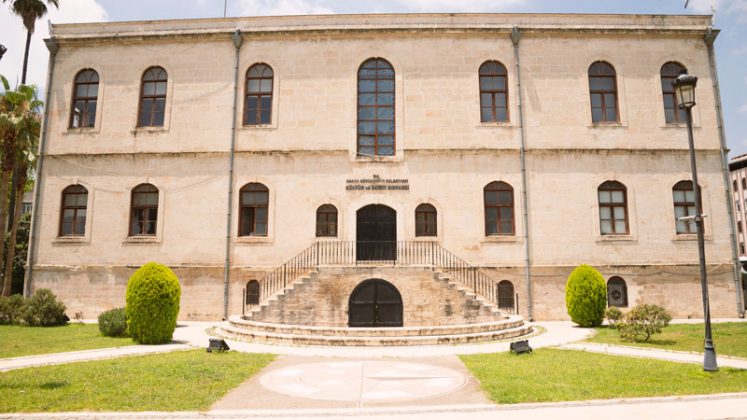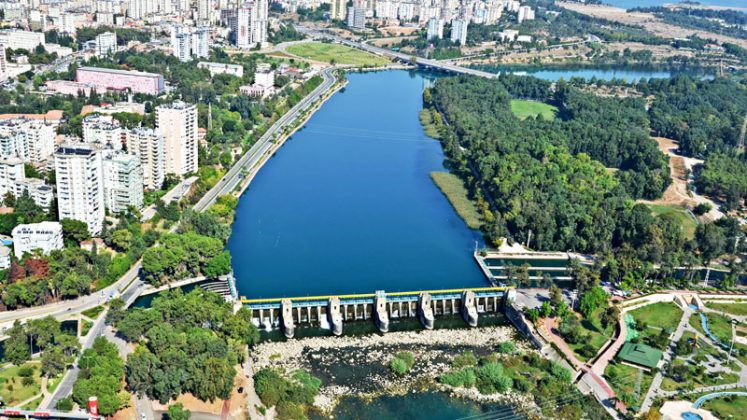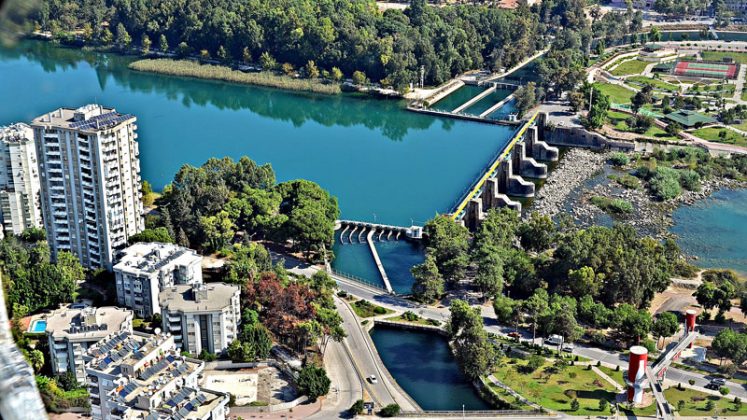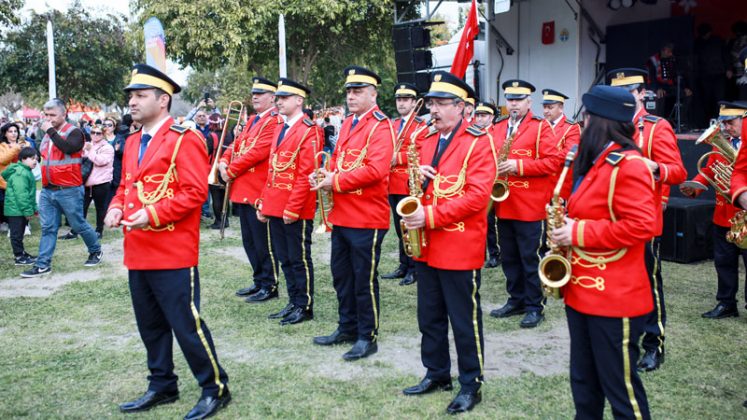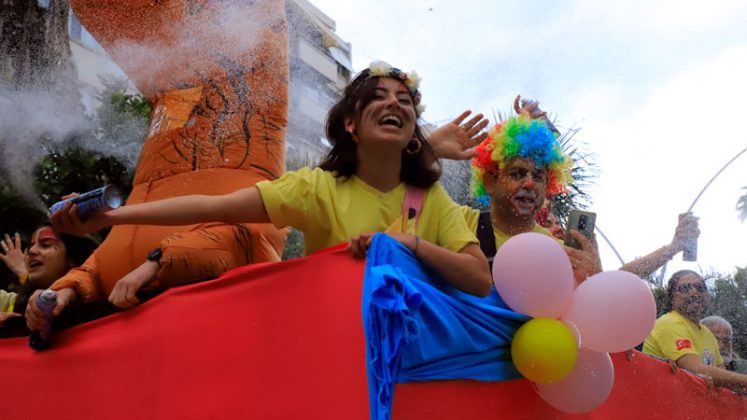The city of Adana is home to culture and heritage unlike any other, says OERLive’s Alvin Thomas, who takes a deep dive into the ancient and prehistoric façade of Turkiye on the sidelines of the Orange Blossom Festival.
A city entwined in unblemished culture, heritage, and philosophy. A city teeming with life and zest. A city that, in every sense of the word, echoes the purest form of human history and antiquity leading up to the modern era – Adana – a major burgh in Southern Turkiye may not break the top 10 lists served up by travel aficionados in favour of the capital city of Istanbul, and other attractions around Antalya, Bursa, and Ankara.
In fact, Adana seldom, if ever, rears itself through viral travel Instagram Reels and TikTok videos.
But as a hidden gem that overlooks the alpine mountain trail that burrows Turkiye in the bosom of mother nature, this was just the place for OERLive to unfurl on its next adventure.
And an adventure it was. Albeit, it all begins in Oman a day before we are slated for travel to Turkiye.
“Adana is hot like Oman this time of the year,” snickers our passport agent at the Turkiye Embassy in the Sultanate, as we wait at the bijou lobby to file for our visas to the nation fondly dubbed the ‘land of four seasons’. Promised to be taken care of, the agent – a smart, boyish Turk – delivers on his word to issue us with our visas ahead of time. The visa: a characteristic European-Esque stamp adorned in our passport and done up proudly in green.
All that now lay between us and Adana were two flights: one to Istanbul and our connection to Adana.
Booked in a Turkish Airlines Airbus A320 flight, our near-six-hour travel to Istanbul is anything but eventful. But a caring crew and clear skies pave the way for smooth sailing.
A short wait in Istanbul gives us time to recoup with our counterparts for the trip – journalists from Qatar and UAE; and our hosts from the Turkiye Government, Emre and Melis Elci, who are designated to show us around the famed Orange Blossom Festival that is distinct to Adana.
In high spirits, we take the hour-and-thirty-minute flight to our final destination, the Adana Şakirpaşa Airport.
Contrary to our passport agent’s warning, we are greeted with 12-degree-Celsius winds and spurts of rain – and the atmosphere, which is a bit sombre initially (undoubtedly from the long-haul travel), is livened up by our guide for the trip – Alim Kocabiyik. The well-mannered, knowledgeable guide with a penchant for history and politics swiftly scrambles us into a black, Government-issued Mercedes-Benz Viano to find our way to our resting place for the evening, the Adana HiltonSA hotel.
Our trip to the hotel gives us time to ponder: Adana is home to nearly 2.2 million people and the city is proud to flaunt that; be it through its architecture and high-rises, densely-packed roads, and the distinction between the old and new towns. The city, which was founded and incorporated into the constituency in 1871 is built around the famous Seyhan river.
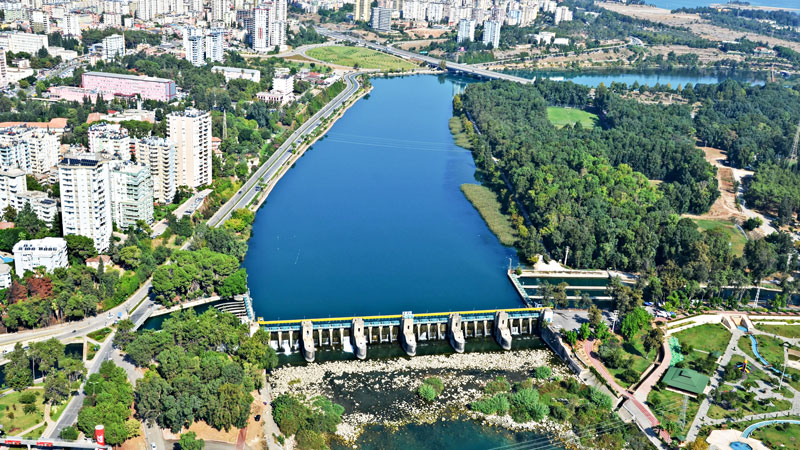
Situated in the middle of the Cukurova Plain, Adana is also the sixth-largest city of Turkiye. The city’s name originates in mythology, where it was said to have been founded by Adanus, the son of Cronus (God of Weather: Zeus’ father). Due to its strategic location, Adana is the heart of a fertile centre and has been an important city for many civilizations for centuries dating back to the Hittites.
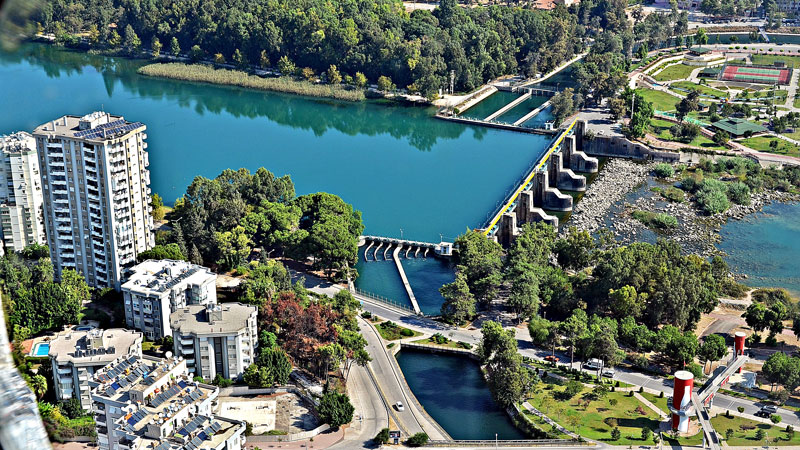
History aside, our initial impressions draw parallels to modern, well-planned cities in Europe that thrive around business ecosystems built around sustaining river networks. Urban settlements in Adana are dotted with developed road systems and adept public transport, and the people seem to go about their daily business, not batting eyes on our swanky (and hard to miss) van.
Being driven around the bustling town gives us our first glimpse of what to expect: oranges bloomed all over streets and medians on roads peppered with lush green trees. These oranges splash a touch of much-needed colour on the motorways and seem to give people hope for a fruitful Orange Blossom Festival after two years of COVID-19-induced lockdowns.
With the festival impending a day after our arrival, we learn that other activities have been planned to keep our convoy engaged.

Our arrival in Adana also seems to have induced a flux of Turkish cuisine, carefully picked by the guide and his peers to entice even the pickiest of palates. From scrummy Adana kebabs to freshly-tossed tabbouleh, baked hummus, pistachio bombs, Turkish coffees, and so much more, the kebabs seemed to keep flowing and our plates rendered full. Turkish cuisine is famous for incorporating dollops of seasoned bread and meats, and our street-wide trip in search of gastronomy is well-warranted.
As our guide, Alim, explains to us in good spirits over supper: “Here in Turkiye, you eat to widen your waist size.” – We concur without hesitation, as we soak in the fervour and bustle of Turkish restaurants in Adana. The vehemence of dining out must really be felt to be believed.
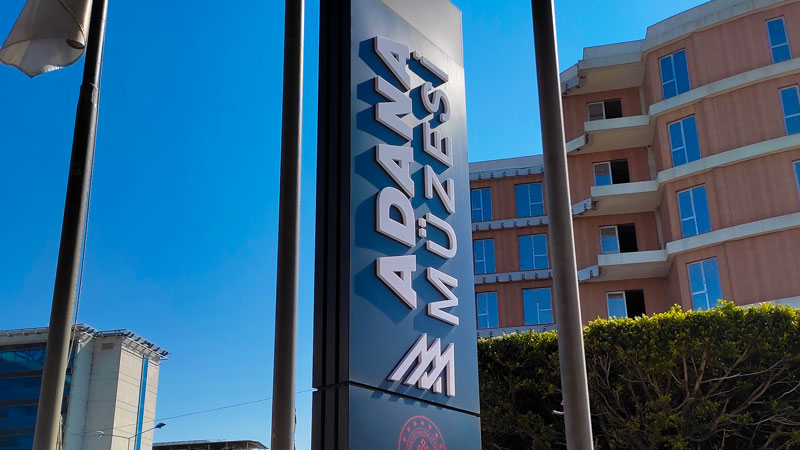
Our first stopover (the next day) on a fresh morning is to the Adana Archeology Museum – an institution established in 1924, one year after the founding of the Turkish Republic. It also proudly stands as one of the oldest museums in the province, despite a rather contemporary (if industrial) structure currently adorning the centuries-old artefacts and collections.
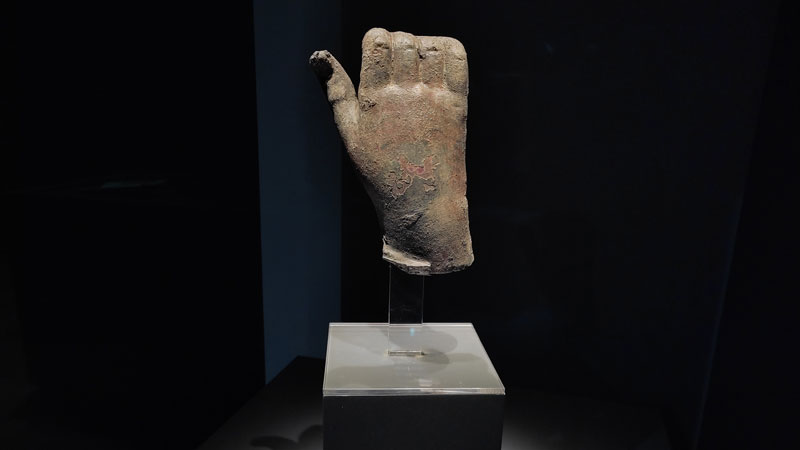
A mine for history buffs such as ourselves, Alim explains that the museum is home to artefacts unearthed in archaeological excavations in Adana and its neighbouring cities such as the Kahramanmaraş, Tarsus, and Mersin. With collections dating back to prehistoric human life, the museum today is a resting ground for ancient statues, inscriptions, sarcophagi, stele, architectural pieces, pottery made of terracotta, various vessels, cylinders, stamp seals, coins, and other findings from the Hittite, Assyrian, Phoenician, Phrygian, Archaic, Hellenistic, Roman, and Byzantine periods.
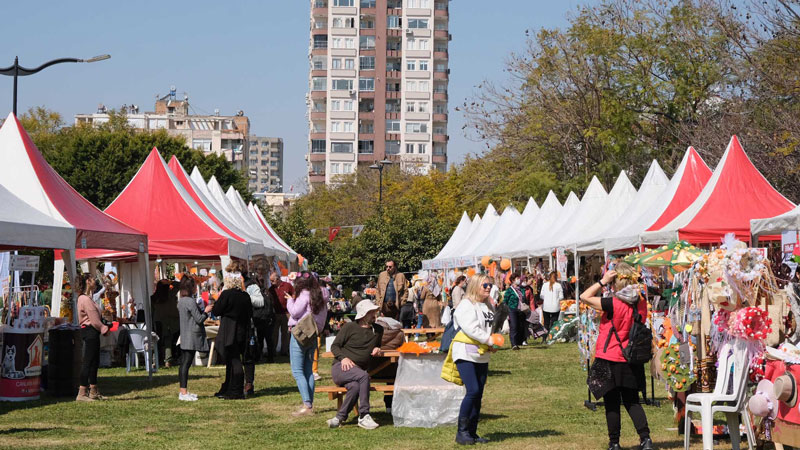
After an inspiring two hours at the museum, our next destination is the Ataturk Park – the ceremonial ground for the Orange Blossom Festival and a park famously commissioned in 1933 by Mustafa Kemal Atatürk, the founder of the Turkish Republic.
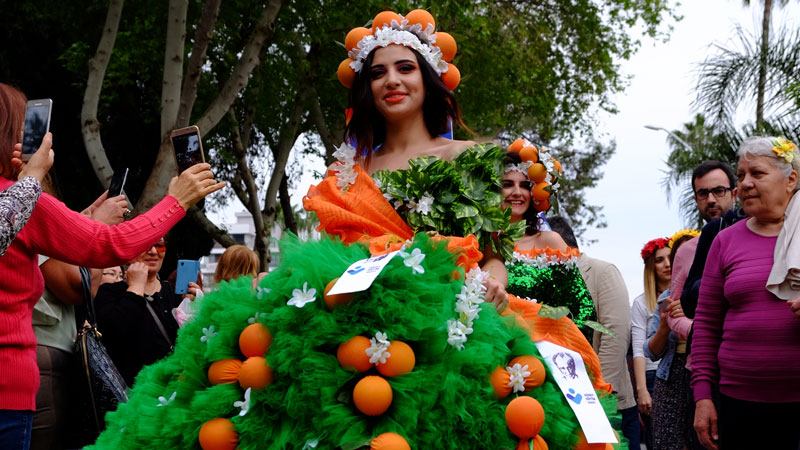
With decorated stalls, orange-clad people, food laced with orange in its innumerable iterations, and music blaring from live bands, the environment is electric and the theme seemingly unforgotten. Locals embrace the importance of the oranges born by the soil and the possibilities it brings to the region; how it is unmistakably ensnared in deep-rooted culture and an economy largely fortified by exports of the humble fruit.
The Orange Blossom Festival, however, is anything but humble. Proudly showcased by its people each spring, the annual carnival marks the blossom of the fruit and now boasts itself as the most popular local event in Adana.
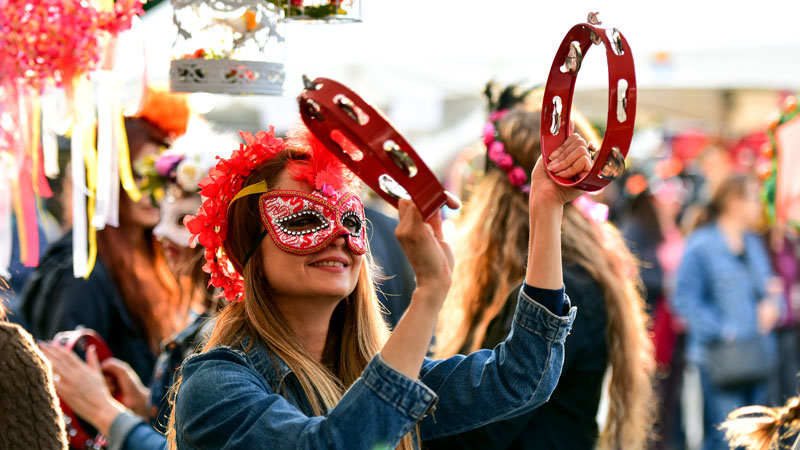
Festivities commence with a loud ‘gong’. What ensues are celebrations thronged by locals and tourists – some 1.5 million people of whom 100,000 are reportedly tourists – surrounding the city, complete with live dance performances and concerts. Jampacked and chock-full of people and activities, the festival doesn’t discriminate either: from mainstream politicians and actors to influencers, who’s who in the city, and the general public, the passion and enthusiasm are binged out equally.
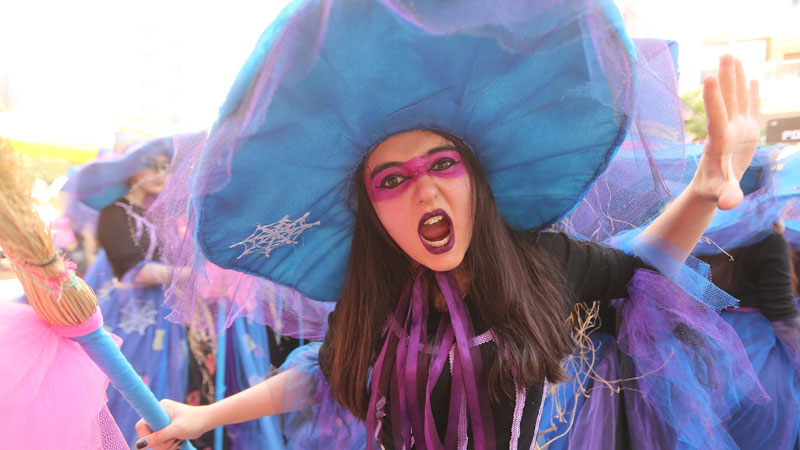
With the unmistakable scent of orange zest in the air, our festivities are unfortunately cut short by a downpour of rain. The public, however, continues to pick up the threads undone by the shower and keep the carnival going at full power… with hums and chants often overpowering the accompanying thunder.
We continue our adventure the next day, taking a peek and dipping into one of the five-star hotels where famous chefs from around the city would be put to test. The main ingredient on the menu is orange.
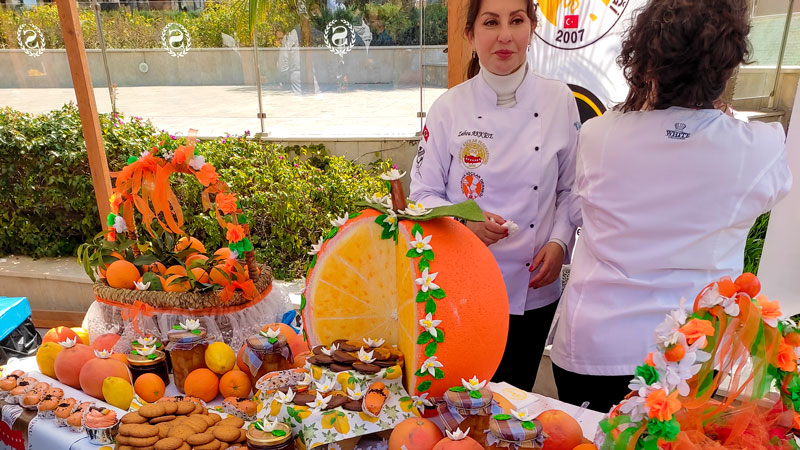
From orange cookies to orange-infused Adana kebabs and even orange-cream kunefes, we are left spoiled for choice. A stark contrast to the street food we tried the day before, the chefs chalk up their best efforts to line up dishes best described as Avant-Garde culinary masterpieces. There’s no denying the creativity of chefs who dole up their bold masterpieces to a famished public and a lineup of critics. To add to their merits, our Omani colleagues would wait in line for minutes on end for a bite of one of the kebabs.
“Splendid,” we deem the dish as we head out of the comforts of the hotel and into another adventure… this time deep into the mountains of Adana and away from the grips of the city.
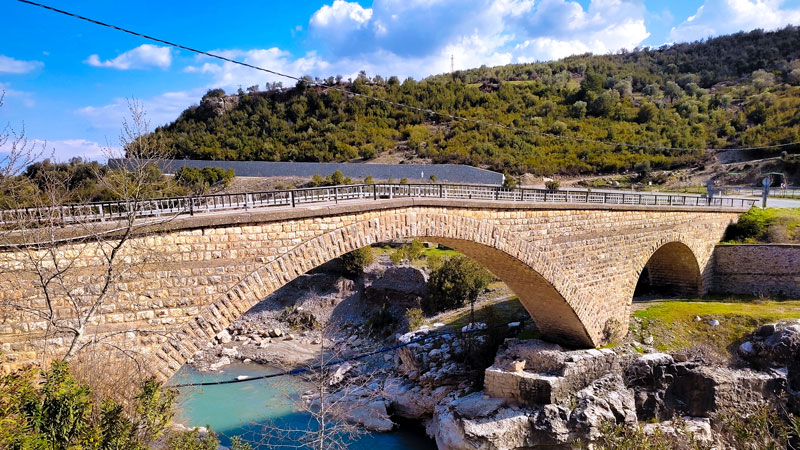
A 30-minute drive is all it takes for the landscape to redecorate itself. From an urban setting to an agronomic one, our drive serves up a chance for us to witness agriculture and farming in Adana. A quick dive into one of the e-Government portals teaches us that Adana produces roughly 1.4 million tonnes of citrus to meet nearly 28 per cent of Turkey’s needs, alongside 9 million tonnes of soya and 842 million tonnes of corn to meet 56 and five per cent of the nation’s needs, respectively.
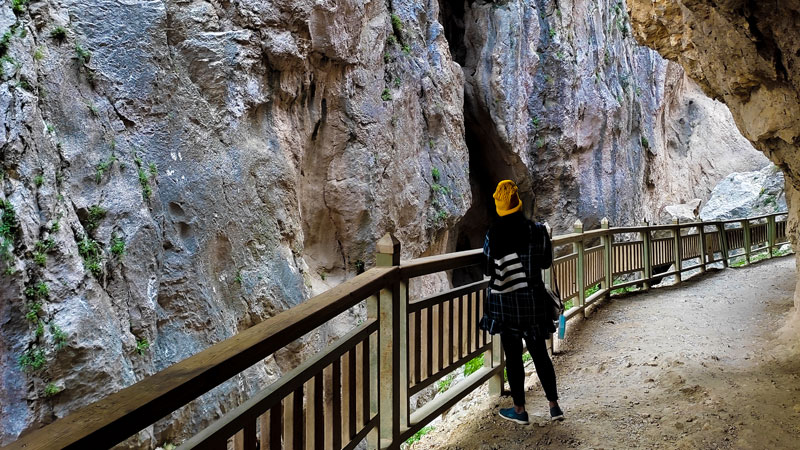
A little ways ahead, we’re greeted by the Kapıkaya Canyon – a centrepiece in adventure tourism in Adana. Located in the Karaisalı district of Adana and a mere 40kms from the city centre, the Kapıkaya Canyon is about 200 metres deep and 20kms long. A short hike takes us deeper into the heart of the valley that was formed millions of years ago by the Çakıt Stream, a tributary of the Seyhan River originating from Niğde-Ulukışla.
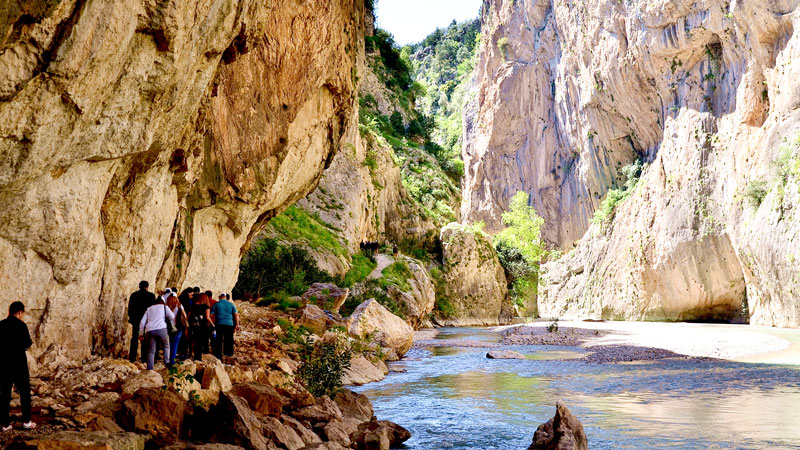
While our counterparts would continue to argue about its reminiscence to Wadi Shab or Wadi Arbaeen here in the Sultanate, the Kapıkaya Canyon wins us over with a cold, steady breeze that brings temperatures down to levels unheard of in Oman. The mercury kept hovering around the late single digits, and a jacket and scarf were necessary even for the hardiest of the lot.
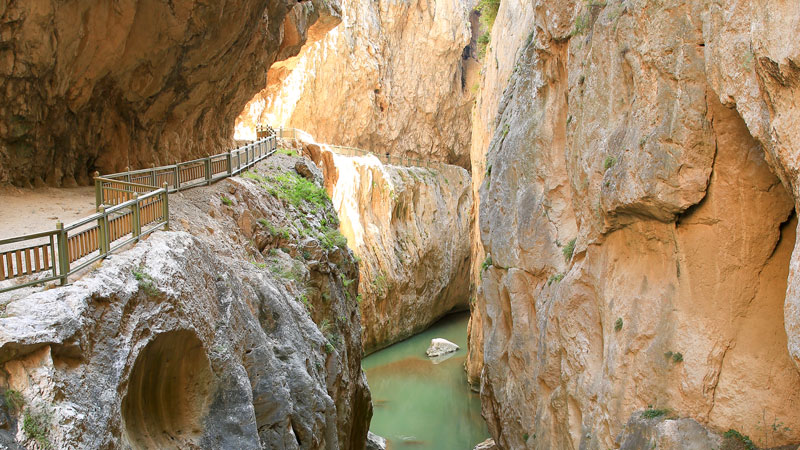
But a hikers’ and photographers’ paradise, the Kapıkaya Canyon is a must-see for those enthused by nature and driven by adrenaline.
The Canyon is also the entry point to the famous Varda Bridge, which is dubbed the ‘Koca Köprü’ (translated to English as ‘the grand bridge’).
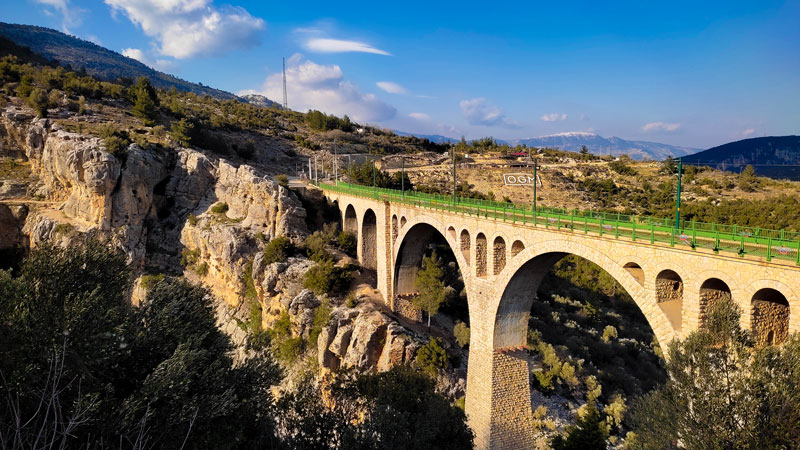
Located in the Karaisalı district of Adana, the passageway was built between 1907 and 1912 by Germans at a height of 99 metres and a length of 172 metres. The bridge is furthermore famous for the numerous bends that differentiate it from other such fixtures in the country and its cameo in the 25th James Bond film, Skyfall, where the protagonist is caught in frame falling from a train (a tragic memoriam, but we’ll take it).
We make our way back to the city not too long after our trek to retire for the day.
Our third and final day is also our most momentous one. With time up our sleeves and a penchant for exploring the unknown by ourselves, we embark on personal missions to find souvenirs and trinkets in the little bazaar-style shops peppered around the Bedesten market. Abuzz with people and with the festive zeal still lingering in the air, the markets are overflowing with tourists.
A strong Omani Riyal to Turkish Lira conversion and the prevalence and acceptance of Visa debit and credit cards in most shops mean shopping in Adana is a fairly inexpensive affair (if you manage to find the right sellers). From sweets to handicrafts (bags, jewellery, and even clothes) and traditional calligraphy and paintings, one can delve into the depths of the market to find what they seek.
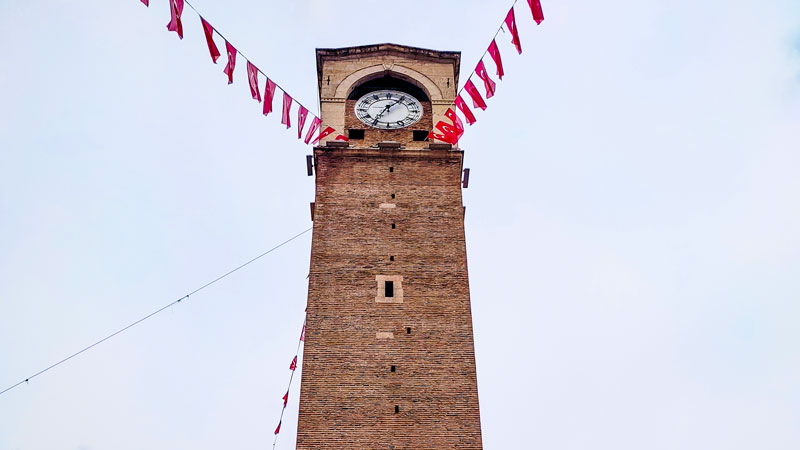
We end our trip with a stroll past the Roman-era Taskopru stone bridge, and a spiritual and mesmerising journey to the 16th Century mosques – Ulu Camii, Yag, and the Hasan Aga Mosque, which sits adjacent to the 19th Century masterpiece, Saat Kulesi clock tower.
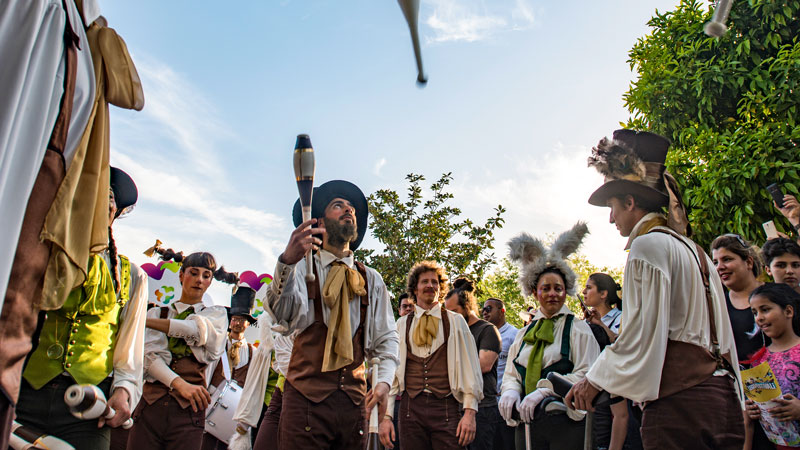
From the spiritual to the cultural and even gastronomy, Adana has an extraordinary way of capturing the hearts and emotions of the handful of tourists it siphons from more prestigious cities in Turkiye. While its well-endowed neighbours may offer more to discerning social media buffs, Adana is a multilayered city that purveys its heritage through experiences that conform with its past. Adana, in every sense of the word, is an embodiment of Turkish hospitality fused and interlaced with the history of humanity itself… an accolade that has quite literally taken centuries to achieve.
The history of Adana, as we see it, is a wormhole to early humanity that mustn’t be missed.
*Photography: Supplied by Turkey Government & Alvin Thomas


